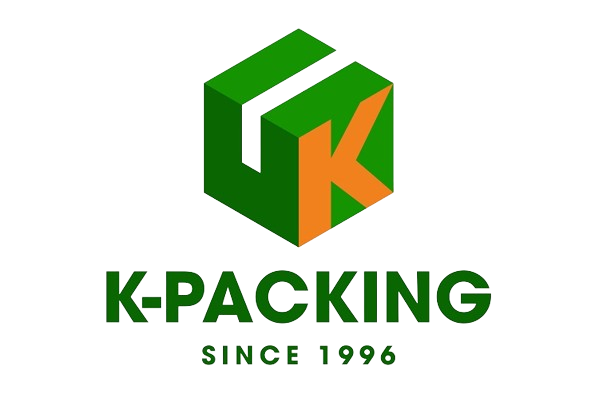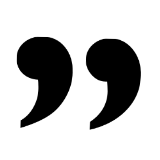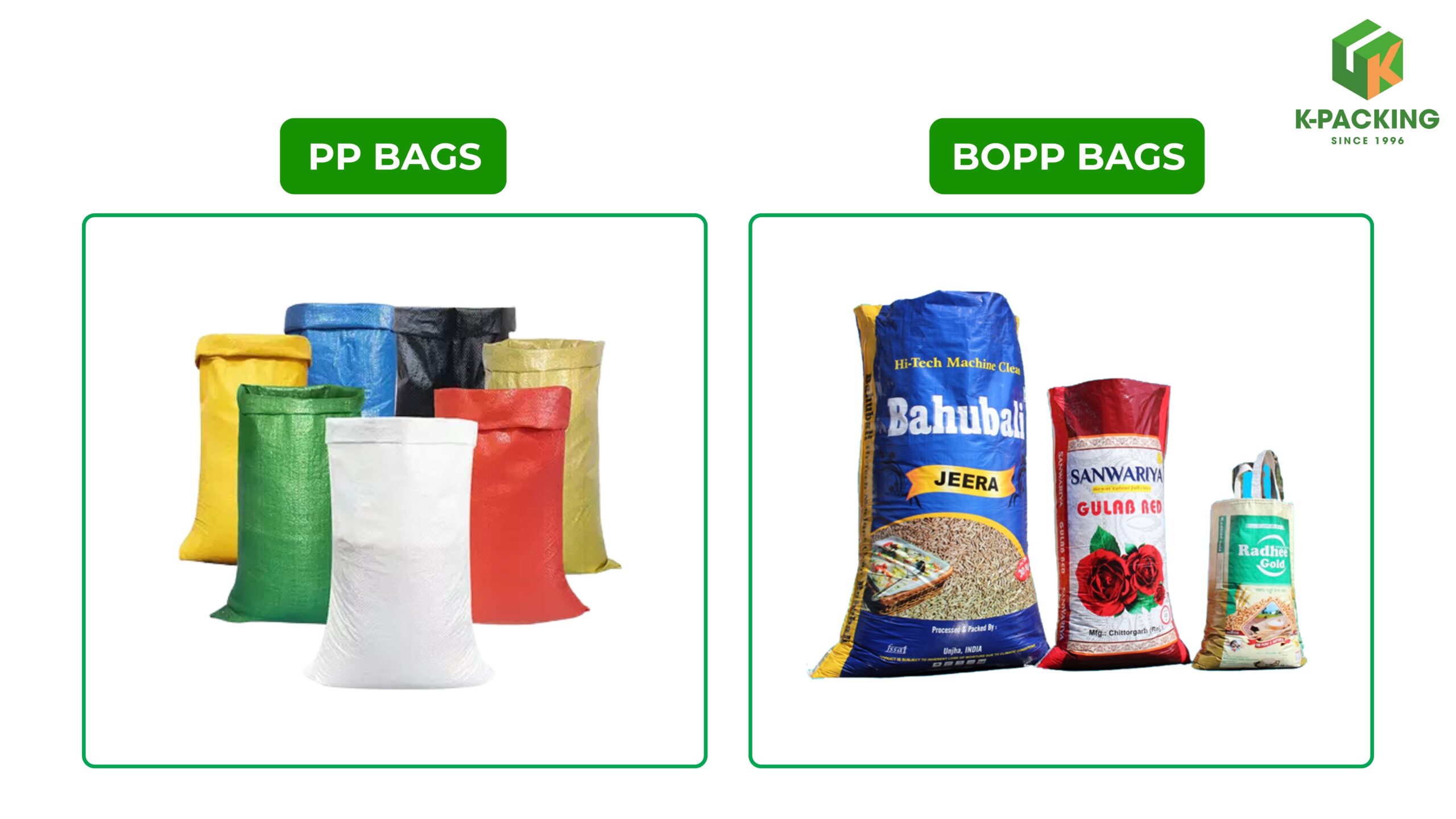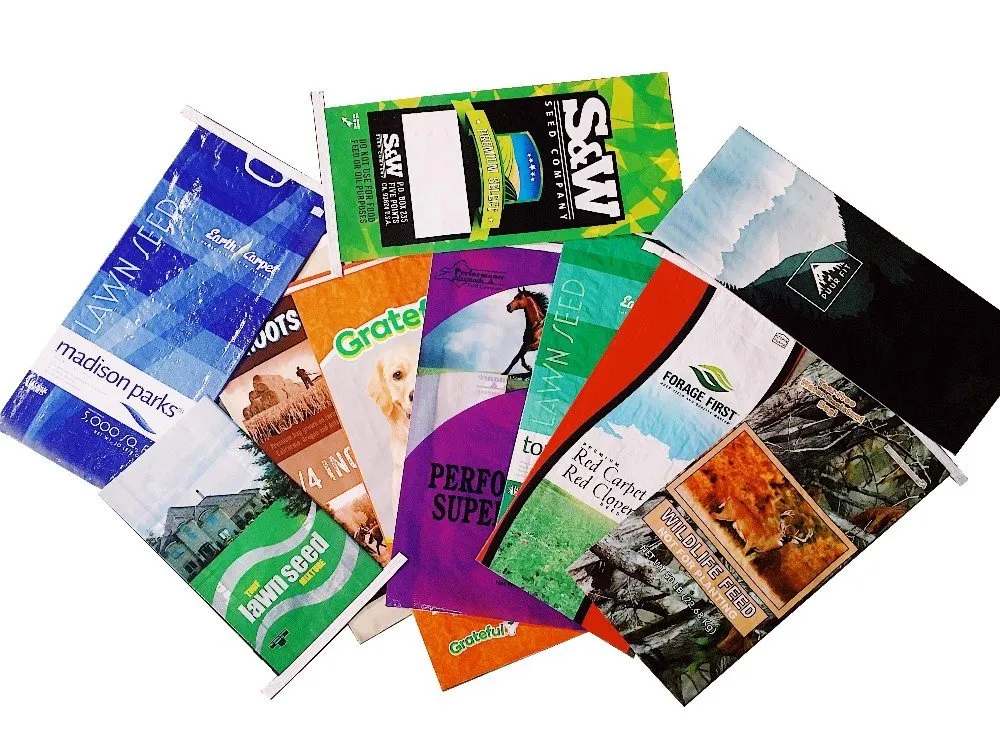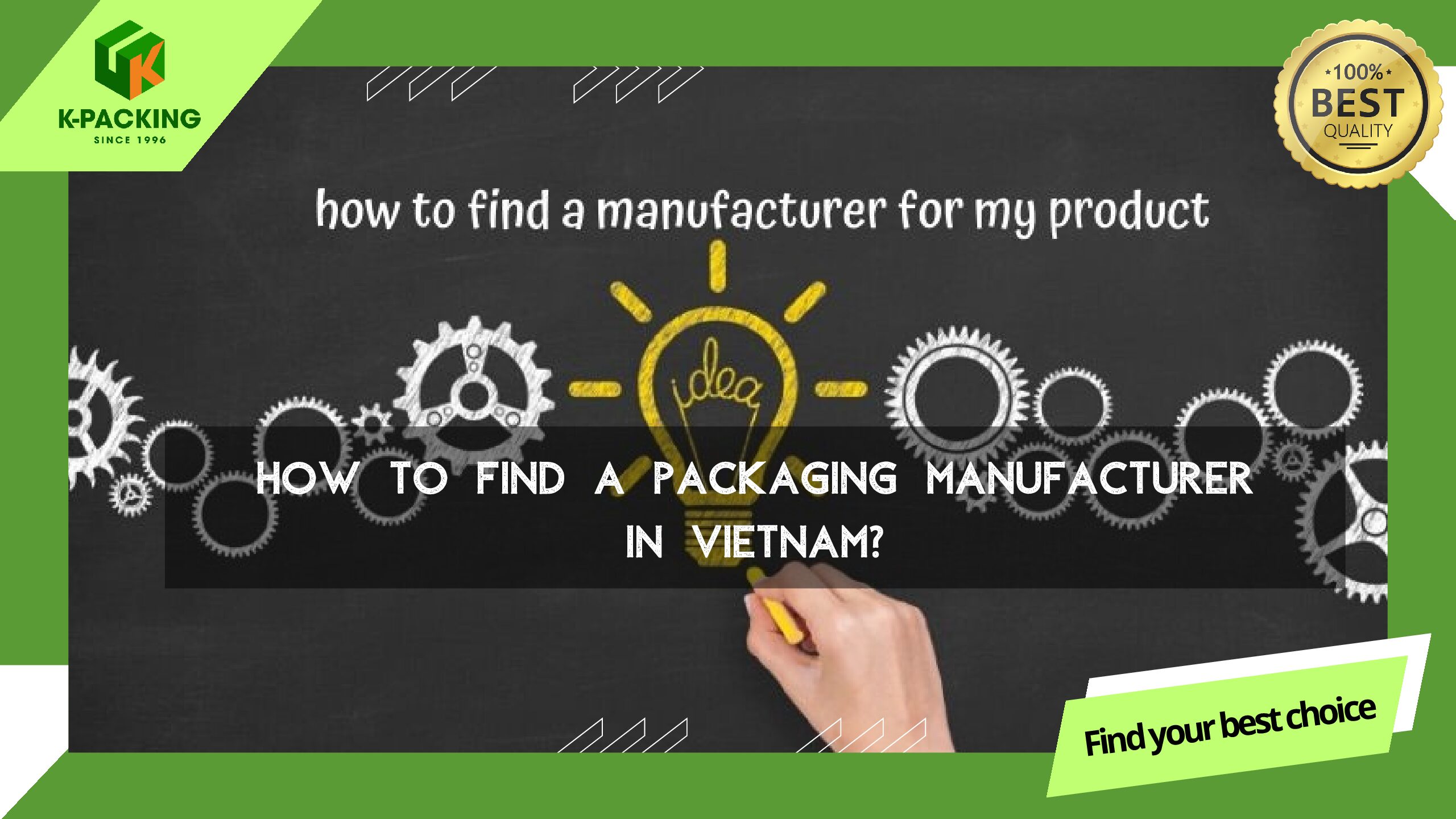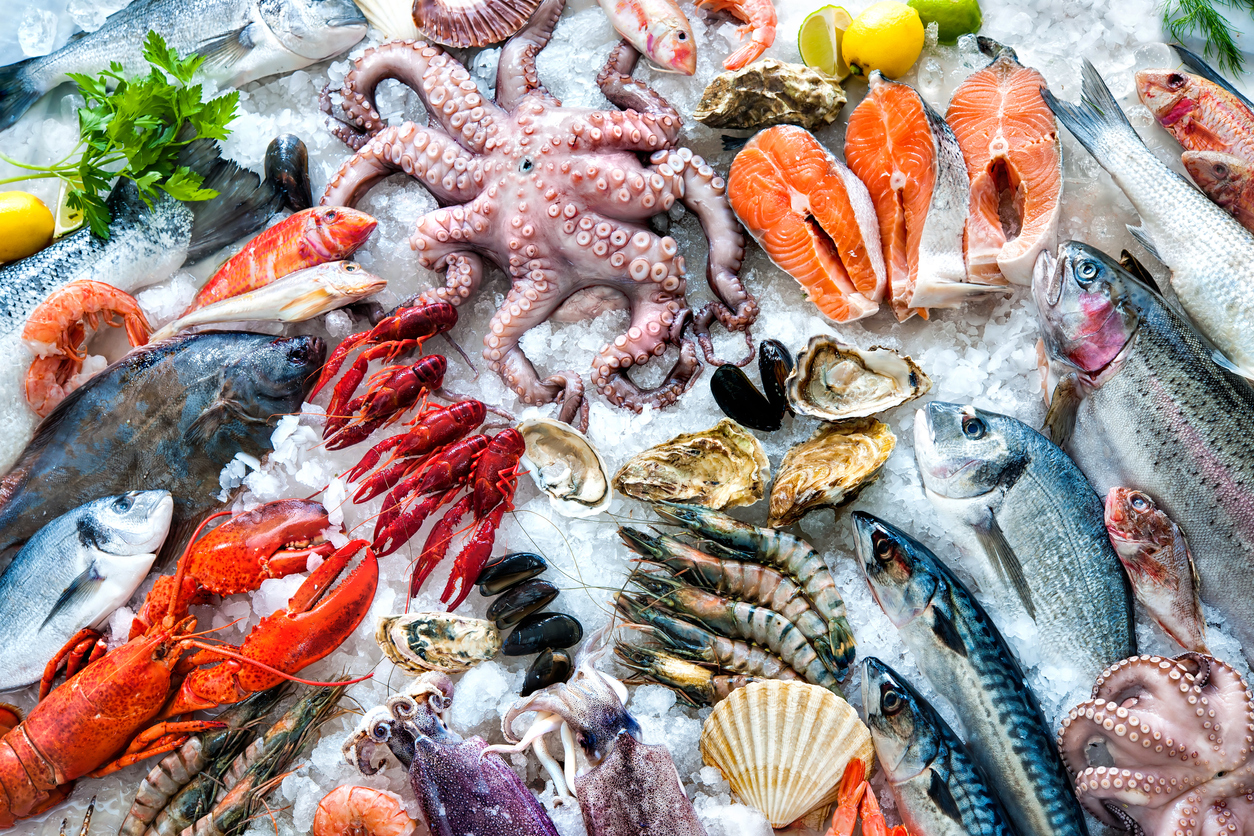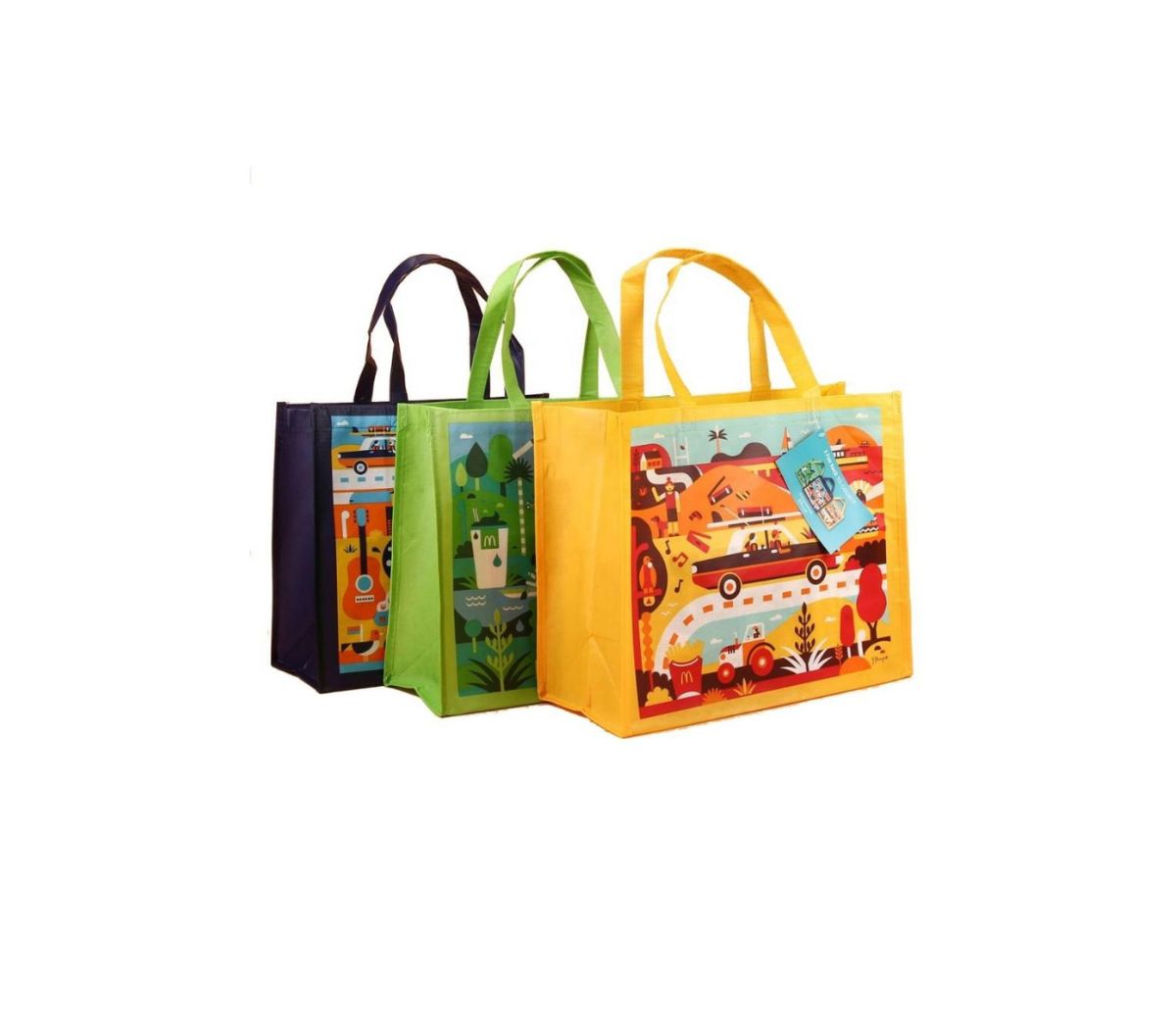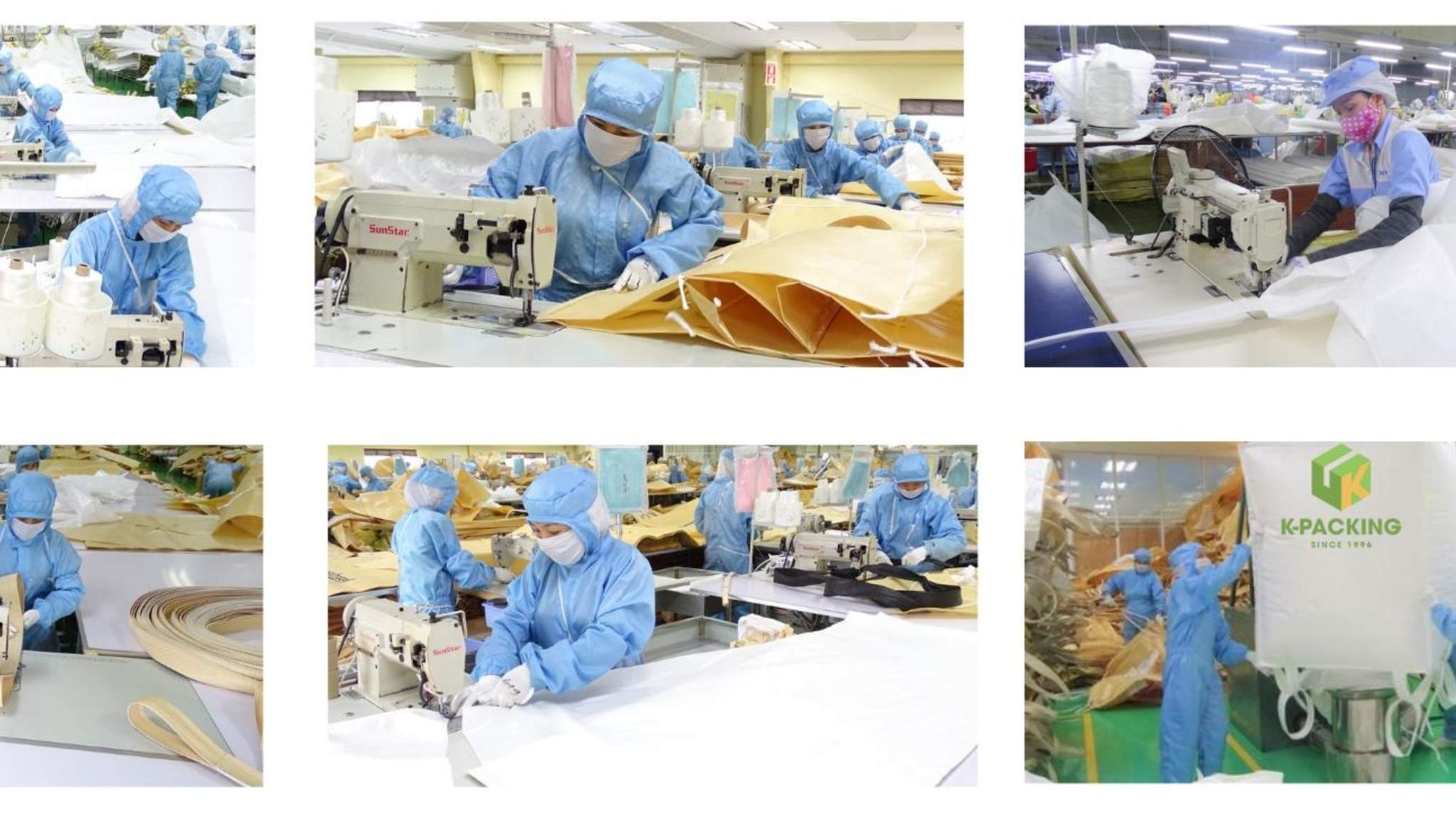As trade tensions between the United States and China reach a new peak, global importers are being forced to reconsider where and how they source their packaging. The U.S. administration’s decision to impose an additional 100% tariff on all Chinese imports – raising total duties to around 130% – has made it increasingly unsustainable for businesses to rely solely on China’s long-established manufacturing base. What was once a cost-efficient supply chain is now a growing liability.
Facing these pressures, many companies are turning toward emerging packaging hubs such as Vietnam, Thailand, Malaysia, Mexico, and India. These countries offer lower tariff exposure, competitive labor costs, improved logistics efficiency, and rising technical capability, creating a more stable environment for long-term sourcing. Beyond tariff advantages, the new suppliers also contribute innovations in sustainable materials and green manufacturing, aligning with global ESG and circular economy goals.
For international brands and importers, shifting production beyond China is no longer a short-term trade response – it’s a strategic move to protect margins, reduce geopolitical risk, and secure resilient packaging supply chains for the future.
So which countries are emerging as the next global packaging centers? Explore the key shifts in this article.
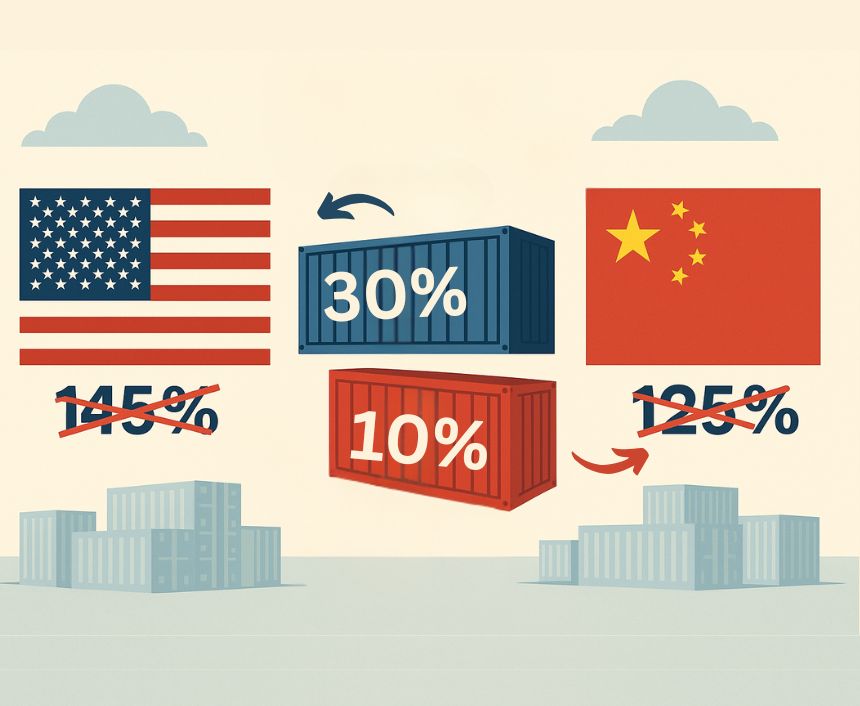
How global packaging importers are changing their sourcing strategies?
Over the past six months, imports of packaging from China to the United States have fallen by nearly 38%, while shipments from Vietnam have grown 22%, Thailand by 17%, and Mexico by 14%. This trend reflects the tangible impact of recent tariff measures on global trade flows and highlights how quickly sourcing patterns are evolving within the packaging industry.
According to a Reuters report titled “US container imports drop in September as Trump tariffs disrupt global trade,” the tariff escalation has already caused noticeable slowdowns at major U.S. ports. Importers are accelerating their diversification efforts to avoid congestion, minimize additional customs costs, and secure supply stability ahead of the November tariff increase.
Rather than relying solely on China as the world’s packaging factory, importers are now diversifying their sourcing portfolios across multiple regions. Many companies maintain limited production in China for complex or specialized SKUs that require advanced machinery or long-standing supplier relationships. Meanwhile, the majority of general packaging orders – such as woven sacks, paper bags, and flexible film products – are being redirected to ASEAN countries, where production costs remain competitive and tariff exposure is far lower.
At the same time, importers are also expanding procurement activities to Mexico, India, and Turkey, taking advantage of regional trade agreements, lower logistics risks, and proximity to major consumer markets. This diversification trend is reshaping the global packaging landscape, where sourcing decisions are no longer just about price but about stability, compliance, and long-term resilience.

Top countries replacing China in global packaging supply
As U.S.–China trade tensions escalate, packaging importers are rethinking where they source their products. Rising tariffs and compliance risks have accelerated a shift away from China toward a network of emerging manufacturing hubs. Among them, Vietnam, Thailand, Malaysia, Mexico, and India are gaining momentum as leading alternatives, each offering unique strengths in cost, logistics, and certification readiness;:
1. Vietnam
Vietnam has become the most competitive and dependable alternative to China in the global packaging supply chain. Its rise is built on three key advantages: cost efficiency, certification readiness, and export agility.
According to U.S. trade data, Vietnam’s packaging exports to the United States surged 22% in 2025, the fastest growth among all ASEAN suppliers. This marks a significant structural shift as international buyers move long-term sourcing away from China to Vietnam.
Over the past few years, the country has developed a complete packaging ecosystem, covering every stage from raw material extrusion and lamination to printing, sewing, and final assembly. Major industrial zones such as Binh Duong, Long An, and Hai Phong now house export-oriented factories capable of producing both industrial packaging – PP woven bags, FIBC bulk bags, laminated rolls – and sustainable consumer packaging like RPET, kraft paper, and cotton canvas bags.
This dual capability enables Vietnam to serve diverse sectors, from agriculture and logistics to FMCG and e-commerce, while maintaining flexibility for customized short runs. It is precisely this versatility that global importers value amid tariff uncertainty.
Vietnam’s competitiveness also comes from its strong compliance and logistics network. Leading manufacturers packaging hold ISO 9001, ISO 14001, GRS, and BRCGS certifications, ensuring export reliability and full traceability. Shipments from Ho Chi Minh City or Hai Phong reach the U.S. West Coast in 20–25 days, faster than most Asian competitors.
Supported by efficient deep-sea ports and stable freight rates, Vietnam delivers predictable lead times and lower operational risks. Combined with preferential access under RCEP, CPTPP, and EVFTA, the country provides a tariff-safe, scalable, and sustainability-aligned manufacturing base – positioning it as the region’s most complete successor to China’s packaging dominance.

2. Thailand
Thailand has developed a strong reputation for high-quality, food-grade, and consumer packaging supported by its mature petrochemical industry. The country is home to advanced converters capable of producing plastic films, multilayer laminates, and injection-molded containers with FDA and EU-compliant safety standards.
While production costs are 10–15% higher than Vietnam, Thailand offers unmatched consistency and hygiene control. This makes it a preferred destination for FMCG and pharmaceutical brands that prioritize quality over volume. In the post-tariff landscape, Thailand serves as a trusted specialized supplier rather than a mass manufacturing hub.
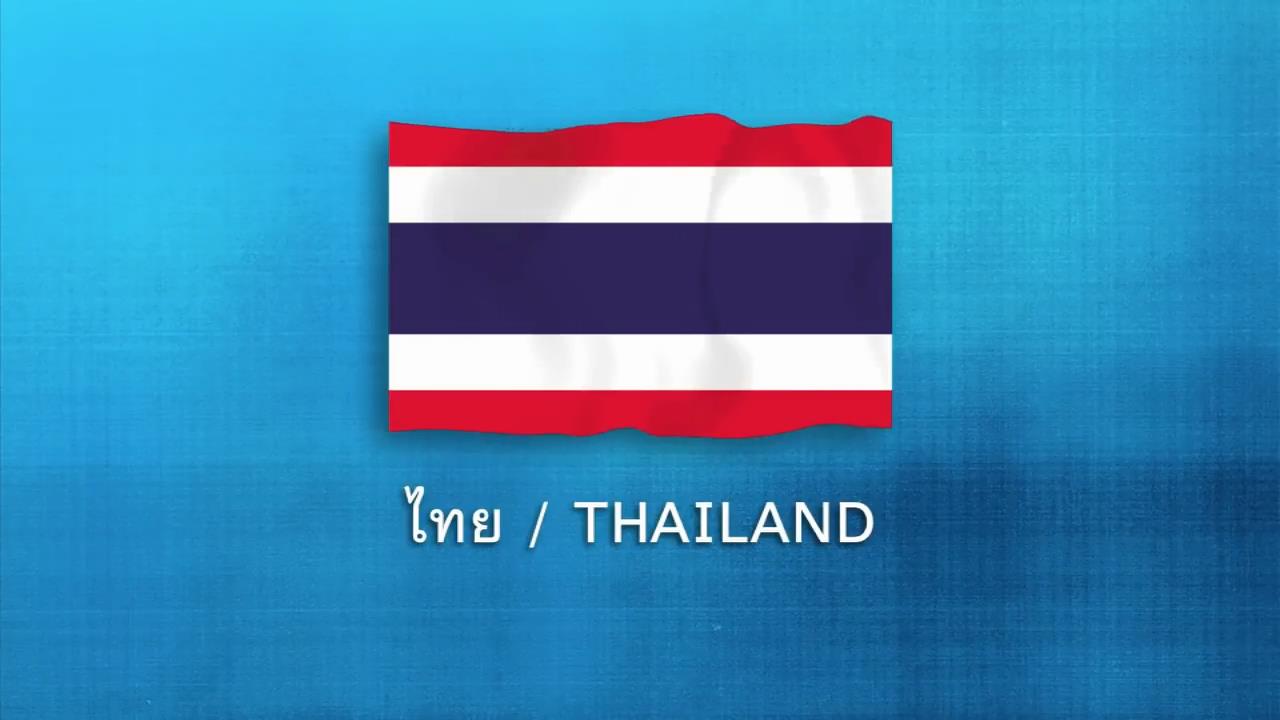
3.Malaysia
Malaysia stands out as a regional leader in flexible packaging, labeling, and high-end printing. Its converters specialize in PET and BOPP films, laminated pouches, and shrink sleeves, serving global FMCG and beverage brands.
The country benefits from strong export ties to both the U.S. and EU, with average tariff exposure at only 19%, far below China’s 130% rate. Although output volume is modest, Malaysia’s technological capability and compliance reliability make it an excellent secondary hub for companies diversifying production across ASEAN.
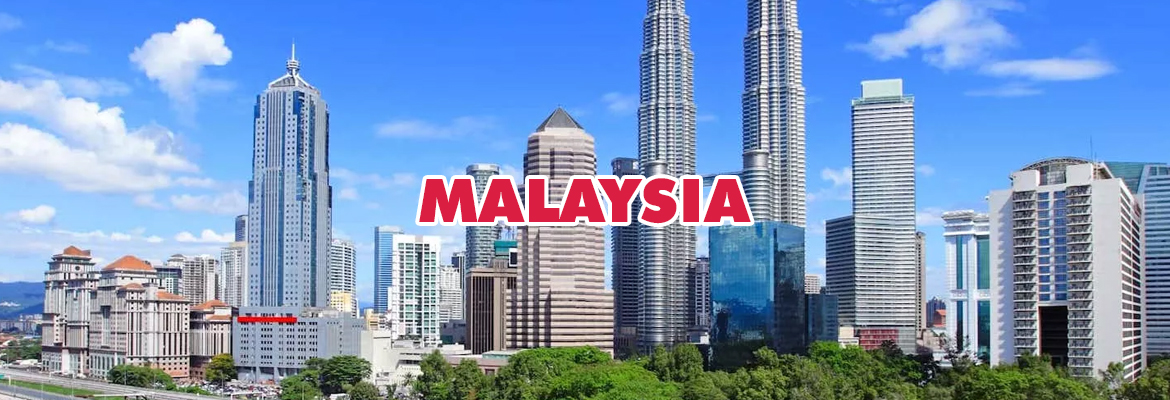
4. Mexico
For North American importers, Mexico has become the most practical nearshoring alternative under the USMCA agreement, which allows zero tariffs on regional trade. This advantage, combined with its geographic proximity, enables faster shipping times and simplified customs clearance for U.S. buyers.
Mexico’s packaging industry focuses on corrugated cartons, pallet wraps, stretch films, and rigid containers for logistics and retail sectors. However, limited skilled labor and high logistics costs constrain scalability. As a result, Mexico functions best as a regional complement to Asian supply bases, not a complete replacement.

5. India
India is rapidly strengthening its position in PET resin, BOPP film, and woven fabric exports, supported by a massive domestic petrochemical base. The country supplies semi-finished materials and industrial packaging to both Western markets and ASEAN converters.
Its challenge lies in longer lead times (30–35 days to the U.S.) and complex compliance requirements. Nonetheless, India offers cost-effective raw material sourcing and growing production for FIBC, bulk bags, and flexible film, making it an increasingly valuable supportive hub within the global supply chain.
Together, these markets represent a diversified global network that mitigates tariff exposure, stabilizes logistics, and aligns with sustainability demands.
Among them, Vietnam leads with the most complete manufacturing ecosystem, while Thailand, Malaysia, Mexico, and India each play strategic roles — collectively shaping the next phase of the world’s packaging supply beyond China.

Key considerations when choosing new sourcing countries and suppliers
As packaging importers adjust to the shifting tariff landscape, choosing the right sourcing destination requires more than simply comparing prices. Each market offers unique strengths, but also hidden risks in logistics, compliance, and transparency. Businesses that evaluate strategically – rather than reactively – will be best positioned to maintain cost efficiency and supply stability.
First, verify origin transparency and certification. With transshipment scrutiny rising, importers should prioritize suppliers with clear documentation, traceable production processes, and globally recognized certifications such as GRS, BRCGS, or ISO 14001. These not only protect against tariff disputes but also align with global ESG standards increasingly required by retailers and regulators.
Second, balance cost with reliability. Countries like Vietnam and Thailand may offer different cost structures, but logistics speed, customs efficiency, and consistency often matter more than price alone. Importers should assess lead times, port capacity, and domestic raw material access to prevent hidden costs that arise from delays or shortages.
Third, build multi-country sourcing portfolios. The most resilient importers are now adopting a “multi-hub strategy”, splitting production between low-cost markets for volume (e.g., Vietnam, India) and high-compliance markets for specialty products (e.g., Thailand, Malaysia). This reduces geopolitical exposure and helps maintain business continuity amid trade tensions.
Finally, establish long-term partnerships rather than transactional sourcing. In today’s trade environment, stable supplier relationships — built on transparency, quality, and aligned sustainability goals are a more powerful asset than temporary price advantages.
Conclusion
The U.S.–China tariff shock has permanently changed how the world sources packaging. What once centered on China is now evolving into a multi-hub ecosystem spanning Vietnam, Thailand, Malaysia, Mexico and India.
Importers that diversify early, focusing on compliance, reliability and sustainability, will be better equipped to navigate cost and policy volatility.
Among the emerging markets, Vietnam leads the transition with the right balance of scale, certifications and export agility.
In this new trade era, resilience and smart partnerships, not the lowest price, will define the future of global packaging supply.
